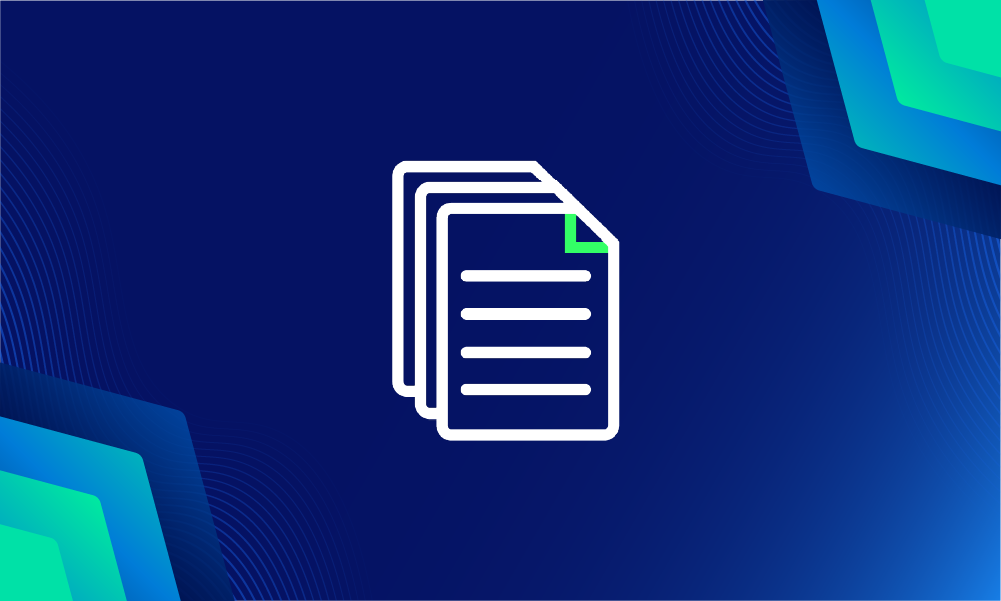Table of Contents
For organizations that don’t have the time, staff, or budget to operate an in-house security operations center (SOC), a cloud-based SOC-as-a-service (SOCaaS) solution provides cybersecurity protection without the overhead. Outsourced SOC-as-a-service providers can just watch monitoring tools, analyze activity, conduct triage on alerts, collaborate on incident response, and mitigate and remediate threats. In short, they offer the capabilities of a modern SOC—without the cost and headache of managing one. As with in-house SOCs, outsourced SOCs operate 24×7. SOC-as-a-service is typically available on a subscription and a pay-as-you-go basis.
SOCaaS may sound similar to managed detection and response (MDR) solutions, which provide remotely delivered SOC functions. However, SOCaaS typically has a wider scope than MDR solutions; a SOCaaS solution usually manages the security of all of an organization’s IT infrastructure. Service level agreements (SLAs) may also vary. For SOCaaS solutions, SLAs usually cover all security services, while SLAs for MDR solutions may be limited to response time and incident resolution.
Why outsource SOC services?
Cybersecurity is now complex enough that it requires (human and virtual) eyes on network activity around the clock. Security also demands insights to help the SOC team triage, investigate, and respond to threats. For any growing organization—with more and more data sources and expanding attack surfaces—bringing in outside expertise may be necessary. Especially when security posture has to mature right alongside a growing business, SOCaaS can quickly become the right choice.
The other reason to turn to SOCaaS is the fact that operating an in-house SOC is costly in terms of people and technology. And after people, technology has the biggest impact on a SOC’s usefulness. Even with the proper technology to provide visibility, detection, and investigative capabilities, there will inevitably be holes in defenses. With SOC-as-a-service, organizations can bypass the challenges of budget and staffing, while maintaining 24×7 security right from the start. Then, the best in-house security people can focus on the risks that matter most to the organization.
Who uses SOC-as-a-service?
SOC-as-a-service can provide security operations—such as analysis of SIEM alerts and security-related management of networks, endpoints, applications, websites, and databases—for organizations that have little or no in-house security capability. In addition, SOCaaS can work with organizations that already have some level of in-house security. In these cases, it supplements an internal SOC with additional cybersecurity skills and tools.
Benefits of SOC-as-a-service
Buying a bunch of the latest and greatest security tech is one approach to strengthening security, but a few years down the road, those security tools can be simply gathering dust while teams are overwhelmed with useless alerts. The SOC-as-a-service model works by significantly expanding the in-house team’s scope of knowledge—without blowing the budget.
Stronger security
In-house security teams face the daunting task of keeping attack surfaces secure 24×7, regardless of staffing or budget constraints. These SOC teams struggle to protect business assets amid talent shortages and constant pressure from the C-suite, leaving little time for strategic security improvements.
SOC-as-a-Service (SOCaaS) provides a solution by triaging, investigating, and responding to threats, thus freeing up valuable time for in-house security teams. This service offers insights to enhance security defenses and, through automation, improves alert triage, speeds up detection, and accelerates remediation of cyberattacks. By leveraging SOCaaS, the burden on in-house security teams is significantly reduced, allowing them to focus on higher-level strategic projects.
Faster onboarding
A SOC-as-a-service with native integrations can turn on a service in just hours. The ability to quickly integrate with existing cybersecurity and the rest of the tech stack is at the top of the list of desired SOCaaS features. Ideally, the integration does not require additional hardware, which the organization might not have time to install or manage.
Reduced “alert fatigue”
Cybercriminals are responsible for as many as several billion attacks per day, setting off a storm of alerts in the world’s SOCs. It’s the job of security teams to review and triage such alerts, a process that can exacerbate fatigue, burnout, and staff turnover. As a result, sleeper attacks that might otherwise be detected before damage is done are allowed to proceed because there isn’t enough in-house expertise or time. SOC-as-a-service can break the alert fatigue cycle, and in the process, strengthen security.
Expertise
With SOC-as-a-service, organizations gain access to cybersecurity experts who can shape future security postures. For example, SOCaaS teams can guide clients in how to get more mileage out of their current security tech stack—such as advising the in-house security team on building cyber resilience into a security program. Ongoing communication between in-house and SOC-as-a-service teams can help address an organization’s unique cybersecurity challenges.
Flexibility and scalability
If an organization’s needs change, it doesn’t need to seek out more hard-to-find talent or beg for (much) more budget. SOC-as-a-service can be scaled to meet the changing needs, or to focus on unique challenges. The services provided by managed SOC solutions can be scaled to meet the changing demands of the company.
Video transcript: What is managed SOC-as-a-service?
SOC-as-a-Service—sometimes written SOCaaS or referred to as managed SOC-as-a-service—is basically a way to get all the benefits of a fully staffed security operations center, without the hassle of building or running one yourself.
Instead of hiring a dozen analysts, investing in a stack of security tools, and managing a 24×7 operation, you work with a team that already does all of that. You get continuous monitoring, alert triage, threat investigation, and incident response—around the clock—from folks who live and breathe security.
Why would you choose SOC-as-a-service?
There are a few reasons this model has taken off:
1. Cost
Running your own SOC can cost well over a million dollars a year—just to get to “good enough.” Between analyst salaries, tooling, shift coverage, and training, it adds up fast. And even then, many teams still face alert fatigue and burnout.
Managed SOC-as-a-service gives you a different option.
2. Speed
It connects directly to the tools you already use—your SIEM, EDR, cloud platforms—and makes them more effective. You’re essentially plugging in a high-powered crew that knows how to investigate and respond. Fast.
3. Value
It’s not just about catching threats. A good SOC-as-a-Service provider helps you understand why an incident happened, how to prevent it next time, and how to improve your entire security posture.
What do you actually get from SOC-as-a-service?
With a well-run managed SOC-as-a-service, you’ll typically see benefits like:
-
24×7 coverage (without hiring a night shift)
-
Faster detection and response
-
Fewer false positives and distractions
-
More time for your team to focus on strategic work
Plus, it’s flexible. If your business changes or your threat landscape evolves, you can scale the service up or down—without begging for extra headcount or budget.
Is it right for you?
If building your own SOC isn’t feasible—or if your current setup feels like duct tape and hope—SOC-as-a-service might be the move.
This isn’t just outsourcing. It’s about getting the right people in your corner to help you stay ahead of threats, without drowning in alerts or blowing your budget.



